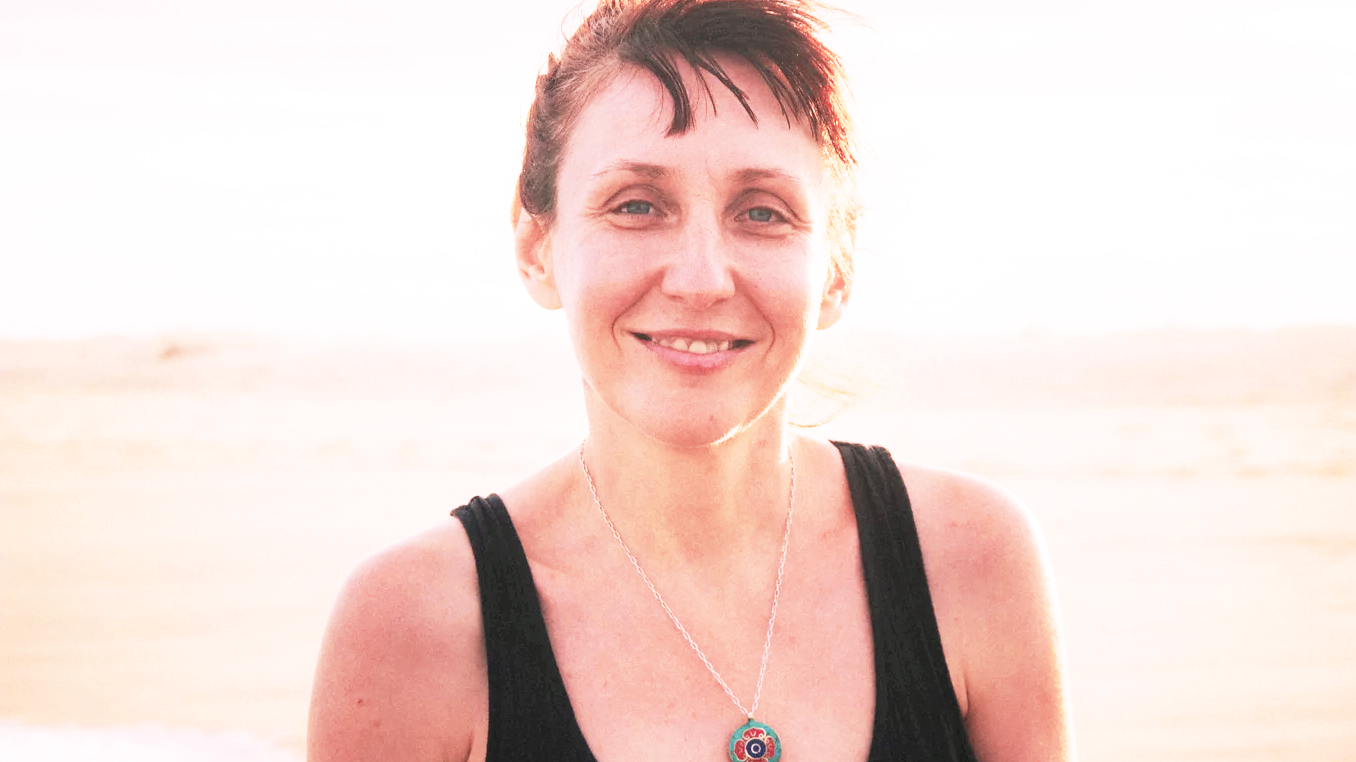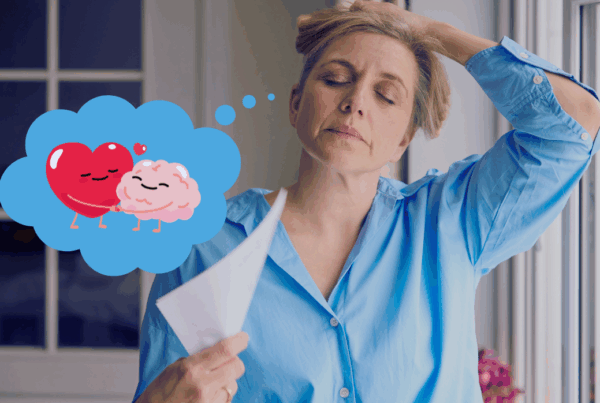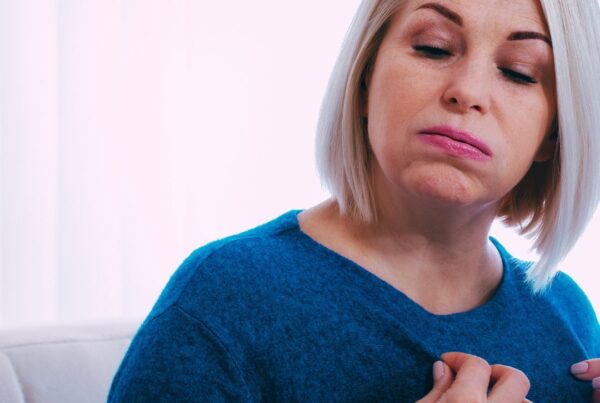
Menopause is the time when your ovaries take a breather and you settle into the next phase of your life.
Menopause is the stage in a female’s life where their body is set free from the monthly cyclical focus on reproduction and moves into a calmer, more stable hormonal state.
The transition between these two stages of life can be as turbulent as puberty was.
90% of women have disruptive symptoms related to these hormonal changes with 25% being severely impacted.
Definitions:
-
Menopause the day 12 months after your last period
-
Perimenopause the time leading up to your last period
-
Post menopause the time 12 months and after your last.
In general we commonly speak of the ‘menopause’ as the entire transitional phase as your hormones start to shift then plateau out to their new stable levels.
Whilst many people understand the menopause to be associated with lost periods, hot flushes and possibly irritability and rage, many do not understand that symptoms can occur in the ten years leading up to this. In fact the perimenopausal phase is often more disrupted by symptoms than the moment of menopause and beyond, which is characterised by more stable hormonal levels.
Perimenopause
Irregular releasing of eggs leads to falling levels of progesterone which is responsible for most of the symptoms at this time. Oestrogen levels can become erratic but have still not started to really fall until late perimenopause. This combination leads to oestrogen ‘dominance’ with symptoms of breast tenderness, nausea and bloating.
In perimenopause you will still experience periods but they may come closer together, be either light or heavy and eventually become further apart as you near your menopause
Other symptoms of the perimenopause include hot flushes, disturbed sleep, mood changes (irritability, anxiety, depression), palpitations, headaches and migraines, body aches and even bladder and vaginal problems.
Symptoms of the perimenopause are often not recognised as related to hormonal changes, (especially as there are often so many things going on in your life around this time) and women can be given antidepressants and other treatments which do not address the root cause.
Menopause and post-menopause
The ovaries have now wound up their egg releasing functions and as a result your levels of oestrogen and progesterone are both starting to fall (although you will still produce some). The good news is there will no longer be extreme fluctuations; the bad news is low oestrogen and progesterone can lead to flushes, sweats, dry vagina, skin and hair changes, bladder problems like infections and incontinence and lack of support for your bones.
When does menopause happen?
The average age for females to reach menopause in Australia is 51 years but it can occur anywhere between 45 and 55 years. If menopause occurs before 45 years it is described as coming early and there can be various reasons for this. Females can also reach menopause suddenly if they have surgery to remove their ovaries or take medication or other treatments to inhibit ovarian function.
How long does it last?
Symptoms last around 7 years on average however this varies enormously. Some women have persisting hot flashes into their 70s! The effects of low oestrogen on skin, vagina, urinary system and bones will be ongoing.
Menopause is natural isn’t it?
Menopause is very natural and hopefully you’ll get to experience it!
As we live longer we also want to live well – in good health and with lots of energy.
Many females and society in general may reject using hormones to manage menopausal symptoms because it is a natural stage of life. But this doesn’t make much sense when we don’t think twice about using medications to treat pain, infections, injuries and diseases which would ordinarily cause suffering or death if left to nature.
Whilst many people understand the menopause to be associated with hot flushes and possibly irritability and rage with loss of your period, many do not understand that symptoms can occur in the ten years leading up to this. In fact the perimenopausal phase is often more disrupted by symptoms than the moment of menopause and beyond, which is characterised by more stable hormonal levels.
We can use hormones to manage the disruption caused by menopausal symptoms just as we use hormones to treat diabetes and for contraception. Now we can even use hormones that are exactly the same as our body makes itself although we will never master mother nature’s sophistication. There are also non-hormonal treatments for bothersome symptoms of the menopause although they are not anywhere near as effective. These may be perfectly fine for women who have mild symptoms and whose quality of life is not heavily impacted or for women who cannot take hormone therapy for some reason.Interestingly, menopause is viewed differently in different cultures. Modern day lifestyles with stress, lack of physical activity and high consumption of processed foods probably don’t make our menopausal journey any kinder.
Menopause is the kicker toward the rest of your life – time to take stock and set yourself up for your healthiest and most vital future.






